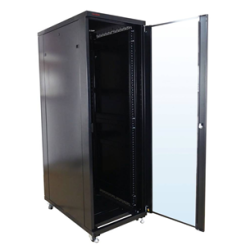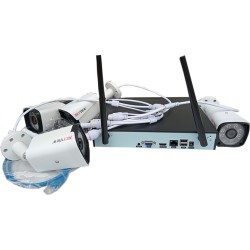17dBi omni antenna typically refers to a type of antenna used for wireless communication, particularly in applications where a high gain over a wide range (omnidirectional coverage) is desired. Here are some key features and considerations typically associated with a 17dBi omni antenna:
1. **Gain**: The "dBi" (decibels relative to isotropic radiator) value of 17 indicates a relatively high gain compared to standard omni antennas, which typically range from 2dBi to 9dBi. Higher gain antennas can transmit and receive signals over longer distances or with better clarity.
2. **Omnidirectional Coverage**: Despite the high gain, it maintains an omnidirectional radiation pattern. This means it radiates and receives signals equally well in all directions around the antenna, making it suitable for applications where coverage needs to be spread over a wide area.
3. **Frequency Range**: Specific antennas will be designed for particular frequency bands (e.g., 2.4 GHz, 5 GHz for WiFi, or other bands for different communication protocols). It's crucial to select an antenna that matches the frequency band of the system it will be used with.
4. **Connector Type**: Antennas often come with different connector types (such as SMA, N-type, RP-SMA, etc.), so compatibility with your equipment (router, access point, etc.) is essential.
5. **Mounting Options**: Consider how the antenna will be mounted (e.g., on a mast, wall, or ceiling) and ensure the mounting hardware is suitable.
6. **Environmental Considerations**: Some antennas are designed for outdoor use and are weatherproof, while others are intended for indoor applications.
When choosing a 17dBi omni antenna, it's important to balance these features with your specific requirements, such as coverage area, distance, and environmental conditions, to ensure optimal performance for your wireless communication needs.





















